People with incontinence often reach for the medication due to impatience and a quick fix. However, a recent study has shown that this may not be the best treatment.
A recent review of randomised trials has found that behavioural therapy to strengthen the pelvic floor is more effective than drugs. To compare the efficacy of available non-surgical treatments for urinary incontinence, researchers carried out a systematic review and meta-analysis of trials reporting clinical outcomes. The study identified 84 trials evaluating 14 categories of intervention. These categories included behavioural therapies, medication and neuromodulation.
Analysing outcomes, results showed bladder training to be significantly more effective than medication in achieving cure or significantly. Ethan Balk, from Brown University School of Public Health in Rhode Island states, “behavioural therapy is more effective than other first and second line monotherapies for both stress and urge incontinence”. Behavioural therapy (bladder training), which involves strengthening the pelvic floor and changing behaviour, has an overall high success rate. Recent studies such as the former should encourage more individuals to try this method.

What is Bladder Training (Behavioural Therapy) for incontinence?
Bladder training involves strengthening your pelvic floor muscles for incontinence and adjusting lifestyle factors that impact incontinence. It is often used for the treatment of urge incontinence and stress incontinence.
The differences between stress and urge incontinence:
Stress Incontinence: Stress incontinence occurs when pressure is placed on the bladder, causing leakage
Urge Incontinence: This is caused by the bladder contracts when it shouldn’t, causing a strong urge to urinate
How bladder training helps to improve an overactive bladder:
- It helps your bladder hold more urine, so you don't need to go to the toilet as frequently
- It helps you control the urge to go to the toilet, so you don't have to rush to pass water
To start bladder training, you have to consider your personal goals and how often you visit the toilet. Once you have worked out how often you go to the toilet, you start with 'scheduled toileting'. For example, if, on average, you go to the toilet every hour and a half, you should try extending the time bit-by-bit. This could involve waiting an extra 10 minutes for a week, then an extra 20 minutes for the following week. There is no rush with this process, the technique aims to help you achieve natural, healthy progress.
If you are working with a professional, they will also teach you how to suppress the urgency to urinate immediately. You will also have to consider your food and liquid intake. If you drink a lot of bladder irritants, such as caffeine and sugary drinks, ensure you cut down on these.
In bladder training, it is also important to practice pelvic floor exercises. This will increase your chance of success and speed up the process. You can read how to practise pelvic floor exercises here.

The Benefits of Bladder Training for Incontinence
- It can be used alone or in conjunction with other techniques or medications
- You can try it on your own or with the guidance of a health professional
- It is low-cost and low-risk
- It is non-invasive, as opposed to some surgery methods
- Bladder training is a gradual, rushed
Are you interested in trying Bladder Training? Read our Guide to Physical Therapy for Bladder Control Problems
Recommended Light Incontinence Products
- Designed for very light incontinence
- FeelFresh Technology
- For very light incontinence
From £1.99
- Suitable for sensitive skin
- Comfortable and discreet
- Multi layer absorbency
From £1.57
Originally posted 2019-05-09 12:11:34.

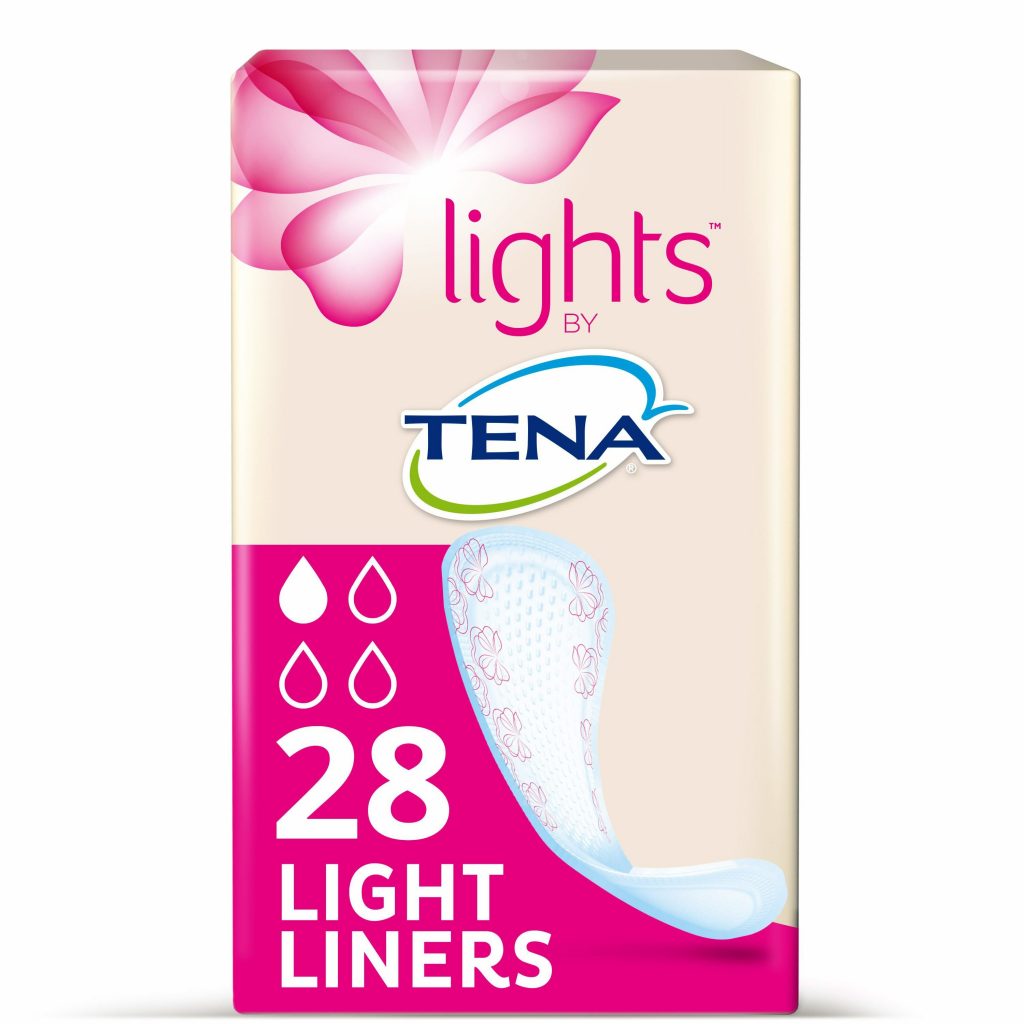
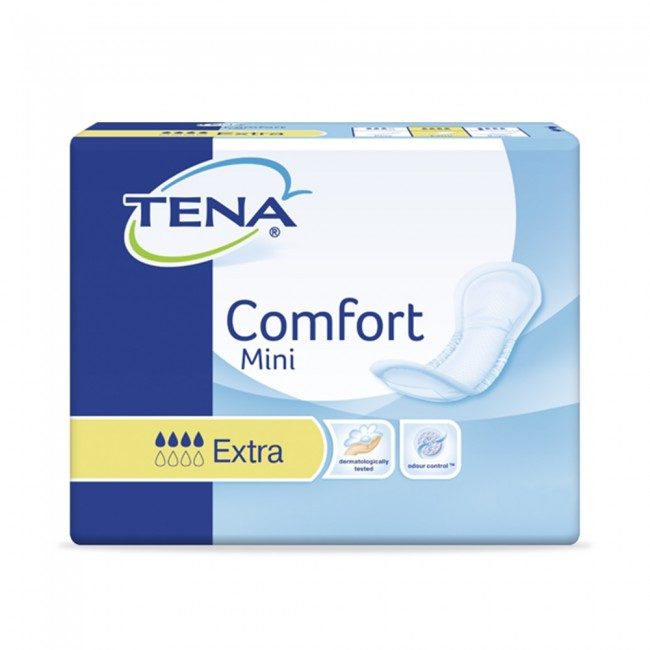
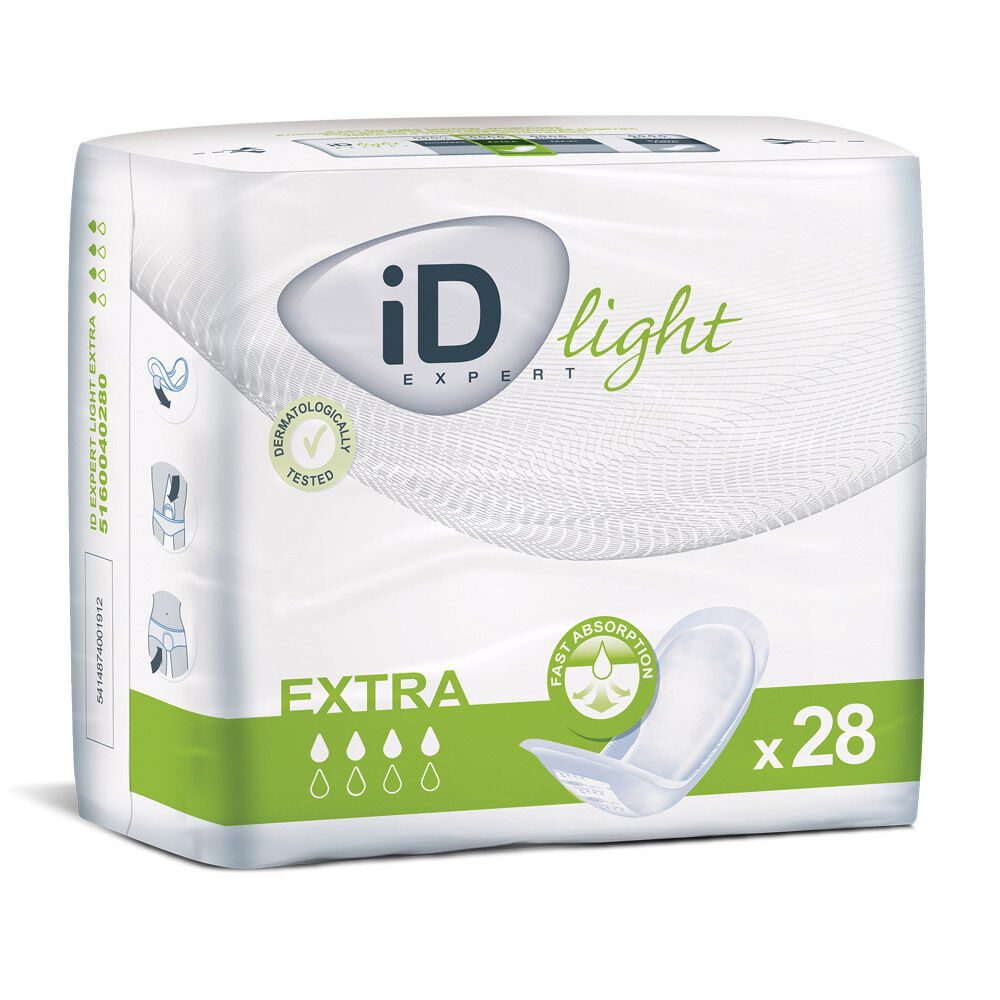
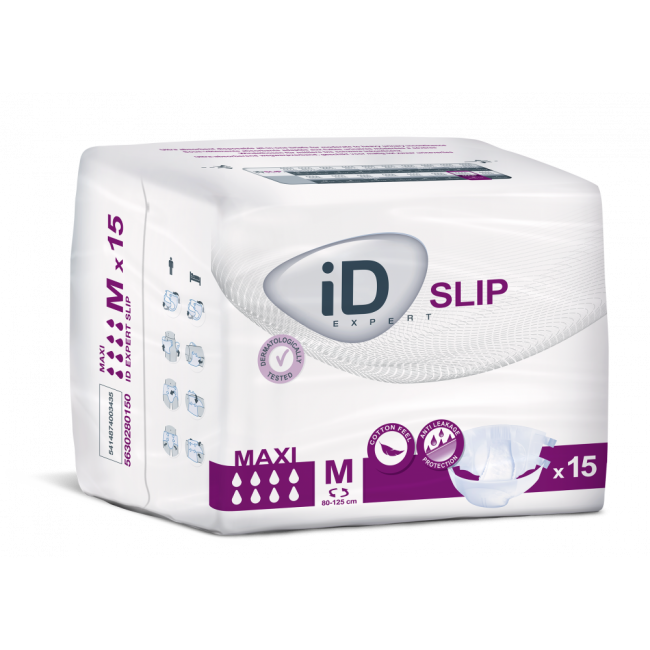
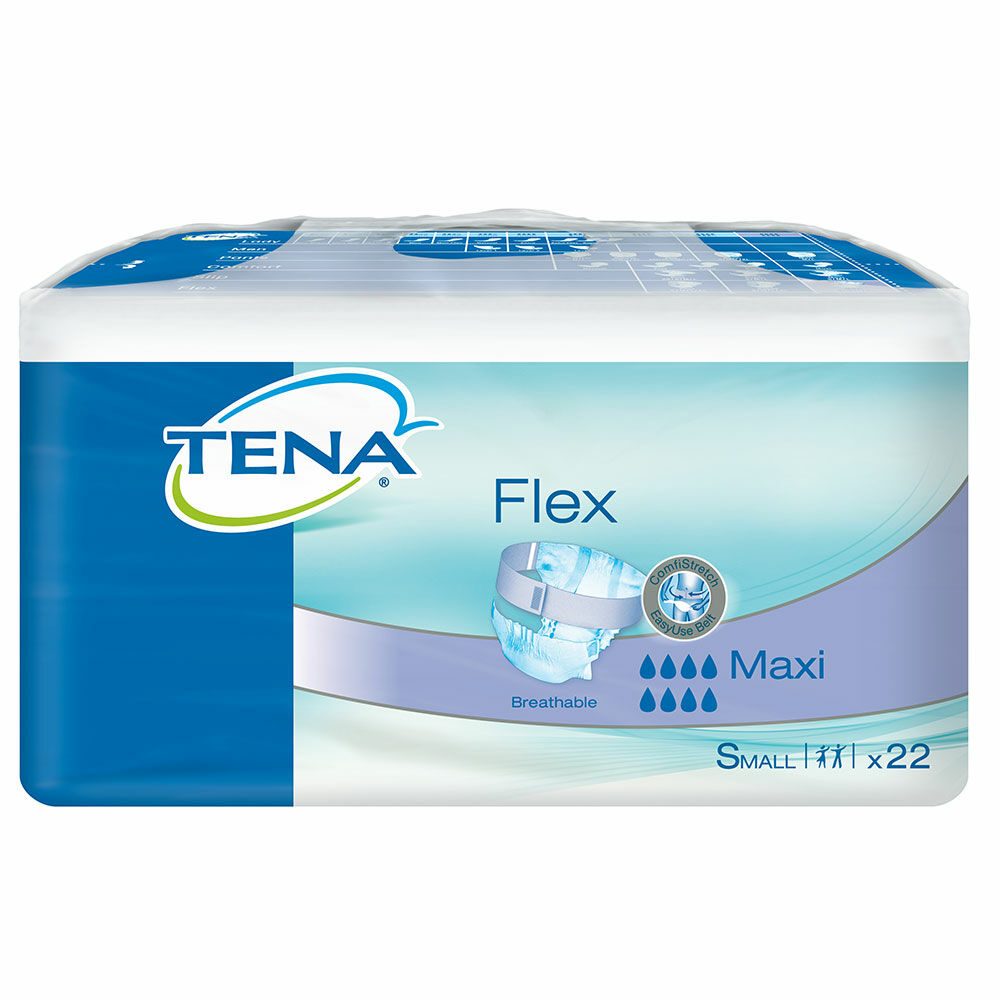
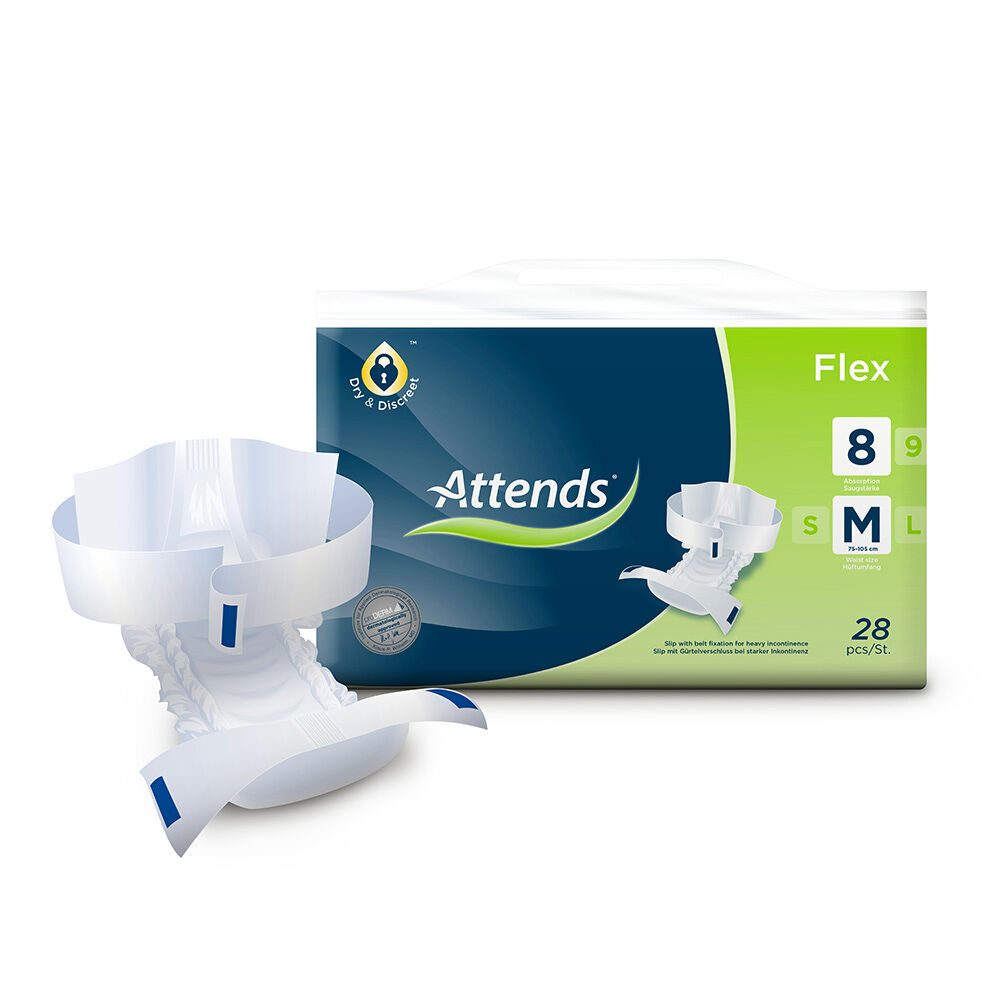


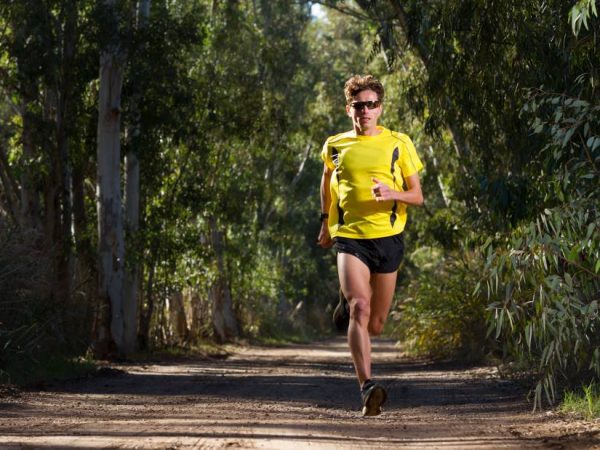




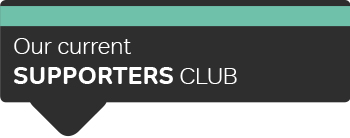


Leave a Reply